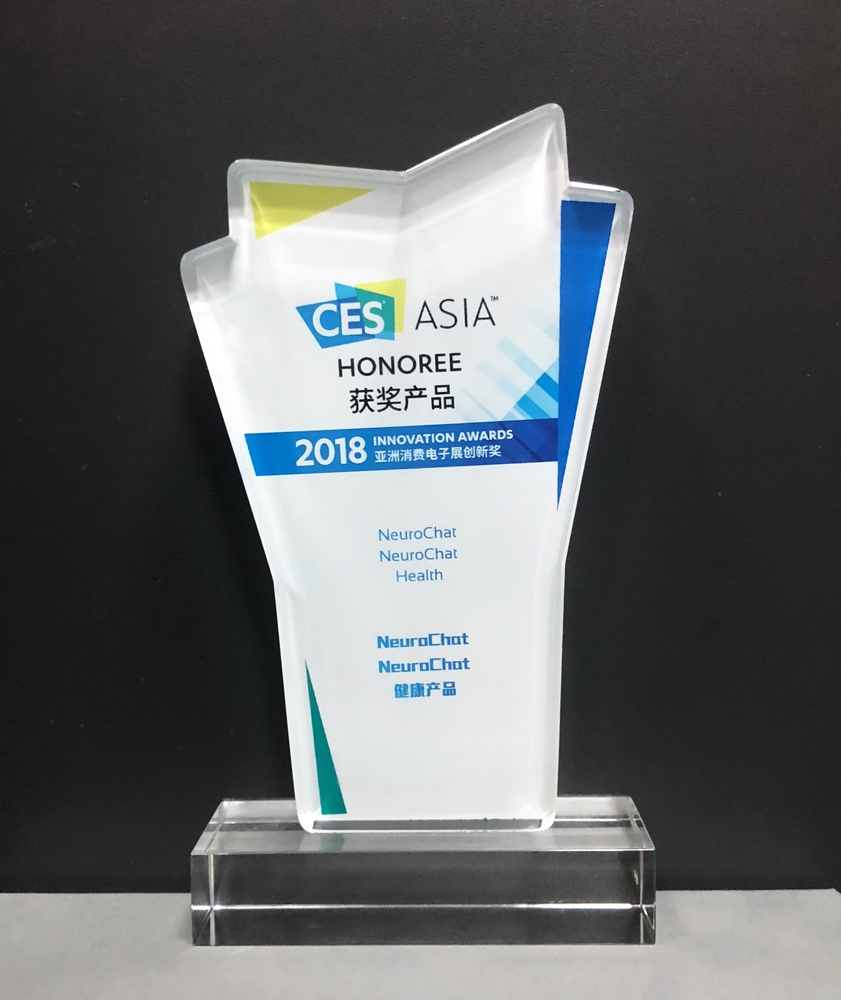The NeuroChat, a NUST MISIS and Neurotrend joint development designed for patients with speech and movement disorders, has taken first place in the “Health” section at CES Asia, the world`s largest exhibition for consumer electronics and technologies.

Scientists from Neurotrend and specialists from the NUST MISIS Center for Industrial Prototyping of High Complexity designed NeuroChat for patients who have suffered a stroke or a traumatic brain injury and lost their ability to communicate normally. There are about 15 million such people in the world.
The NeuroChat uses a Neuroset, a mini electroencephalograph that reduces activity in the cerebral cortex. The Neuroset goes on the patient’s head and a computer screen displays symbols and letters that are highlighted in a certain way. The patient can trigger letters and numbers through brain signals.
The device records changes in the brain`s bioelectric activity and identifies the letters that patient wants to report — making them appear on the screen., letters make up words and words make up sentences. This gives patients the opportunity to communicate the information more efficiently than current analogues.
This development is currently being tested on both healthy people and prospective patients.


